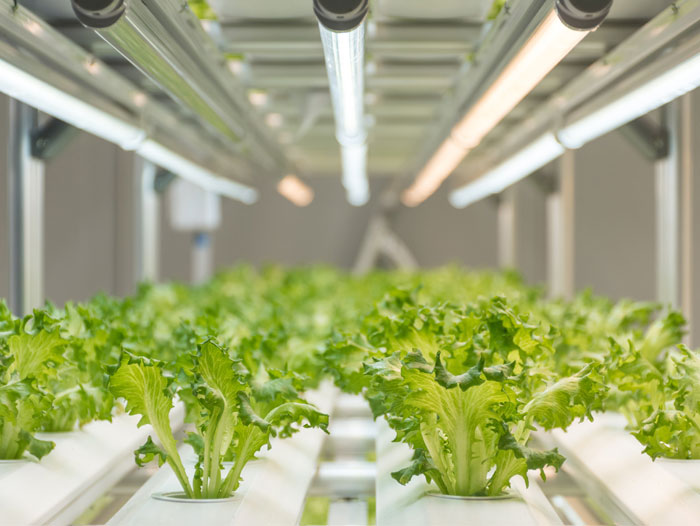How Far Can Vertical Farming Go?
February 13, 2023 | 1 min to read

When the Pasona Urban Farm opened in the nine-storey office of a Japanese recruitment company in 2010, it promised a future in which food was grown within feet of the people who would eat it.
Tomatoes hung down from meeting-room light fittings, a rice paddy filled a large conference space, and mushrooms grew in drawers hidden discreetly under benches. The office looked more like a museum of farming than a place of work.
While the modern concept of vertical farming – growing food in trays or pipes stacked on top of one another like a giant plant lasagne – dates from around the 1990s, it could be argued that farmers have sought ways to grow more in less space and with less soil for centuries. Step-over fruit trees – usually apple and pear trees – are grown as low as 1ft (30cm) off the ground and spread laterally to fill thin strips of space in allotments and orchards. The step-over technique is based on espalier training, which might date back to Ancient Roman grape cultivation.
To read the rest of the story, please go to: BBC
